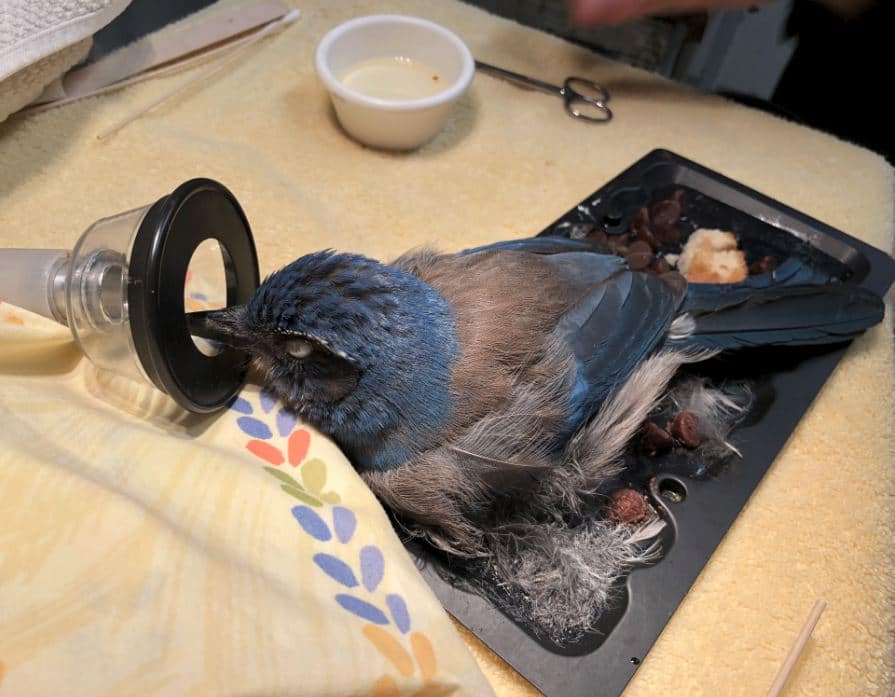
& Virginia areas will be most likely to reproduce during the early spring and throughout the summer months and maybe even in to some of the early fall. Colder climates simply don't facilitate snake breeding while warmer climates can allow snakes to breed year round. Life Span & Reproduction: Weather dictates much of the snakes breeding habits. As stated earlier, some snakes are able to inject prey with venom to ingest, while other snakes must suffocate or constrict their prey for ingestion. They are equipped with a specialized skull structure which allows for immediate consumption of live, whole prey. Snakes are unable to tear their food in to pieces. The body size of a particular snake will dictate its food sources the larger the snake, the larger the prey. Aside from Antarctica, and a select few smaller land masses - snakes are found on every continent in the world.įood Sources: Snakes are strictly carnivores - feasting on birds, mice, rats, insects, lizards, fish, and even the eggs of these young. Most species of snakes are non-venomous (milk snake, black rat snake, garter snake) killing prey by either live consumption or strangulation - but snakes that do eject venom (copperheads, water moccasins) can certainly pose a danger to humans & other wildlife. Snakes range from 10 cm in length to as large as 30 feet long. A snake's skull is significantly more complex than your average reptile this is to accommodate their large prey and make digestion a swift process. Snakes rely on smell & vibration rather than sound to both go after prey and protect themselves against predators. They have no visible eyelids or visible ears and are covered in overlapping scales patterns vary from species to species. Dead snakes or baby snakes will also be carefully removed if found in your home in Maryland, Washington DC or Northern Virginia.ĭescription: Snakes are long, footless reptiles that feed on small mammals and insects. Snake skins and other messes made by snakes will be safely removed from walls, attics, sheds etc. Vegetable oil will dislodge a snake from a glue trap-simply pour about a cup of oil directly onto the snake and trap to release it.Trappro humanely excludes snakes that have gained access to your house, attic, walls, barn, roof, chimney, shed or other areas of your home. To release a snake from a maze or minnow trap, open it so that the snake will leave in the opposite direction from where you are standing. If you’d rather not look at a snake in your vehicle while transporting it, put the entire trap in a large pillowcase (not a garbage bag, which isn’t breathable), and tie off the top. Once you have, plan to relocate it at least 10 miles from where it was trapped, in a non-inhabited area, to ensure it doesn’t return or cause menace to others.

STEP 3Ĭheck the trap routinely to see if you’ve caught one. Snakes don’t eat dead meat-and who wants to try setting a trap with a live rodent!?-so bait the trap with one or two fresh eggs, a delicacy to snakes. Camouflage it with dirt, leaves, branches, or whatever else will make it blend in best.

Place the trap in the area where you’ve seen a snake, or evidence of its activity (shed skins or winding trails in the dirt are a dead giveaway). Wearing gloves will also help keep you from transferring your scent to the trap, which could ward off snakes. Although they won’t cause lasting harm, non-venomous snakes can bite and cause injuries that may require medical attention. Before setting a snake trap, don protective gear like gloves, closed-toed footwear, long pants and sleeves as a shield from any potential snake encounters.


 0 kommentar(er)
0 kommentar(er)
